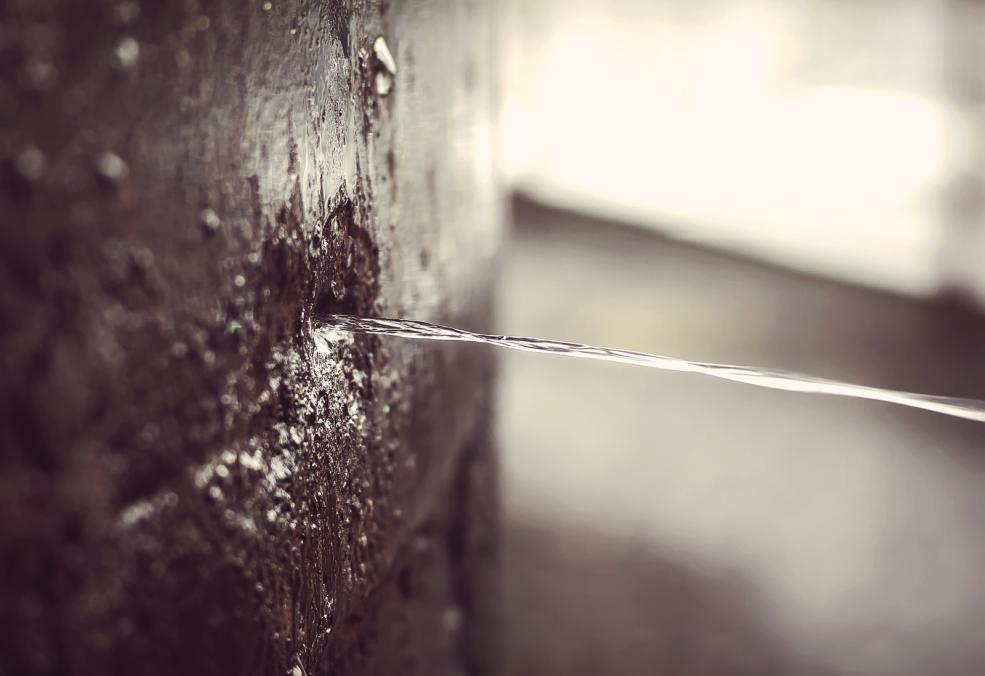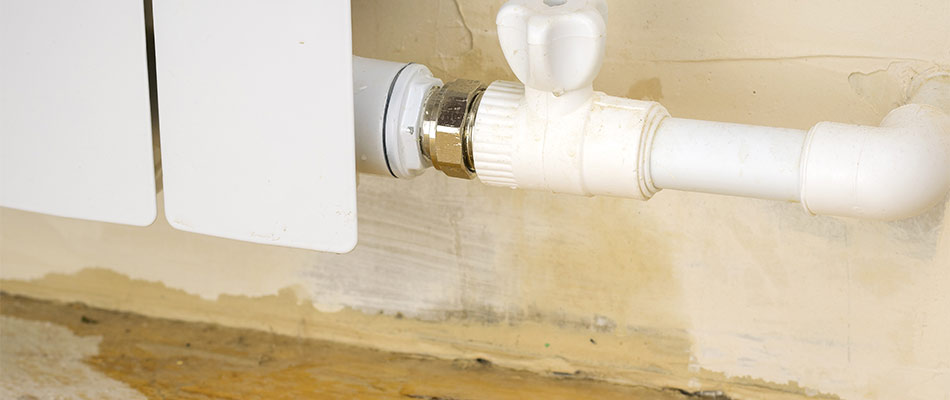How to Check If Your Home Has a Covert Leak
How to Check If Your Home Has a Covert Leak
Blog Article
This post below on the subject of Detecting hidden plumbing leaks is without a doubt enlightening. You should take a peek.

Early detection of dripping water lines can mitigate a prospective calamity. Some small water leakages may not be visible.
1. Examine the Water Meter
Every house has a water meter. Inspecting it is a surefire manner in which helps you find leakages. For starters, shut off all the water sources. Make certain no person will certainly purge, use the tap, shower, run the cleaning machine or dishwasher. From there, go to the meter as well as watch if it will certainly change. Given that nobody is utilizing it, there need to be no activities. If it relocates, that indicates a fast-moving leak. Furthermore, if you identify no changes, wait a hr or two and inspect back once again. This means you might have a slow leakage that could even be underground.
2. Examine Water Usage
If you identify sudden modifications, despite your intake being the same, it means that you have leaks in your plumbing system. An unexpected spike in your bill indicates a fast-moving leakage.
A consistent rise every month, also with the exact same habits, reveals you have a slow-moving leak that's also slowly escalating. Call a plumber to extensively examine your building, especially if you really feel a warm area on your floor with piping underneath.
3. Do a Food Coloring Examination
When it concerns water intake, 30% originates from toilets. Examination to see if they are running properly. Drop specks of food color in the tank and wait 10 mins. There's a leak between the container and also bowl if the shade in some way infiltrates your dish during that time without flushing.
4. Asses Outside Lines
Don't forget to inspect your outside water lines also. Needs to water leak out of the link, you have a loose rubber gasket. One tiny leak can throw away lots of water as well as spike your water costs.
5. Analyze the scenario and also evaluate
Homeowners should make it a routine to examine under the sink counters and also inside closets for any kind of bad odor or mold development. These 2 warnings show a leakage so prompt focus is needed. Doing regular inspections, even bi-annually, can conserve you from a major problem.
If you understand your home is already old, maintain a watchful eye on your heating units, hoses, pipes and so on. Check for discolorations and weakening as many appliances and also pipelines have a life expectancy. They will certainly likewise naturally deteriorate due to deterioration. Don't wait for it to rise if you believe dripping water lines in your plumbing system. Call a professional plumber right away so you do not end up with a terrible mess in your home.
Early detection of leaking water lines can alleviate a possible disaster. Some little water leaks may not be visible. Examining it is a guaranteed means that assists you find leaks. One little leak can lose loads of water and surge your water expense.
If you think dripping water lines in your plumbing system, do not wait for it to intensify.
WARNING SIGNS OF WATER LEAKAGE BEHIND THE WALL
PERSISTENT MUSTY ODORS
As water slowly drips from a leaky pipe inside the wall, flooring and sheetrock stay damp and develop an odor similar to wet cardboard. It generates a musty smell that can help you find hidden leaks.
MOLD IN UNUSUAL AREAS
Mold usually grows in wet areas like kitchens, baths and laundry rooms. If you spot the stuff on walls or baseboards in other rooms of the house, it’s a good indicator of undetected water leaks.
STAINS THAT GROW
When mold thrives around a leaky pipe, it sometimes takes hold on the inside surface of the affected wall. A growing stain on otherwise clean sheetrock is often your sign of a hidden plumbing problem.
PEELING OR BUBBLING WALLPAPER / PAINT
This clue is easy to miss in rooms that don’t get much use. When you see wallpaper separating along seams or paint bubbling or flaking off the wall, blame sheetrock that stays wet because of an undetected leak.
BUCKLED CEILINGS AND STAINED FLOORS
If ceilings or floors in bathrooms, kitchens or laundry areas develop structural problems, don’t rule out constant damp inside the walls. Wet sheetrock can affect adjacent framing, flooring and ceilings.
https://www.servicemasterbyzaba.com/blog/how-to-detect-water-leakage-in-walls/

Do you like reading about Locating water leaks? Put a comment down below. We will be pleased to listen to your opinion about this entry. Hoping that you come back again later on. Sharing is good. Helping people is fun. I truly appreciate reading our article about Finding hidden leaks.
Report this page